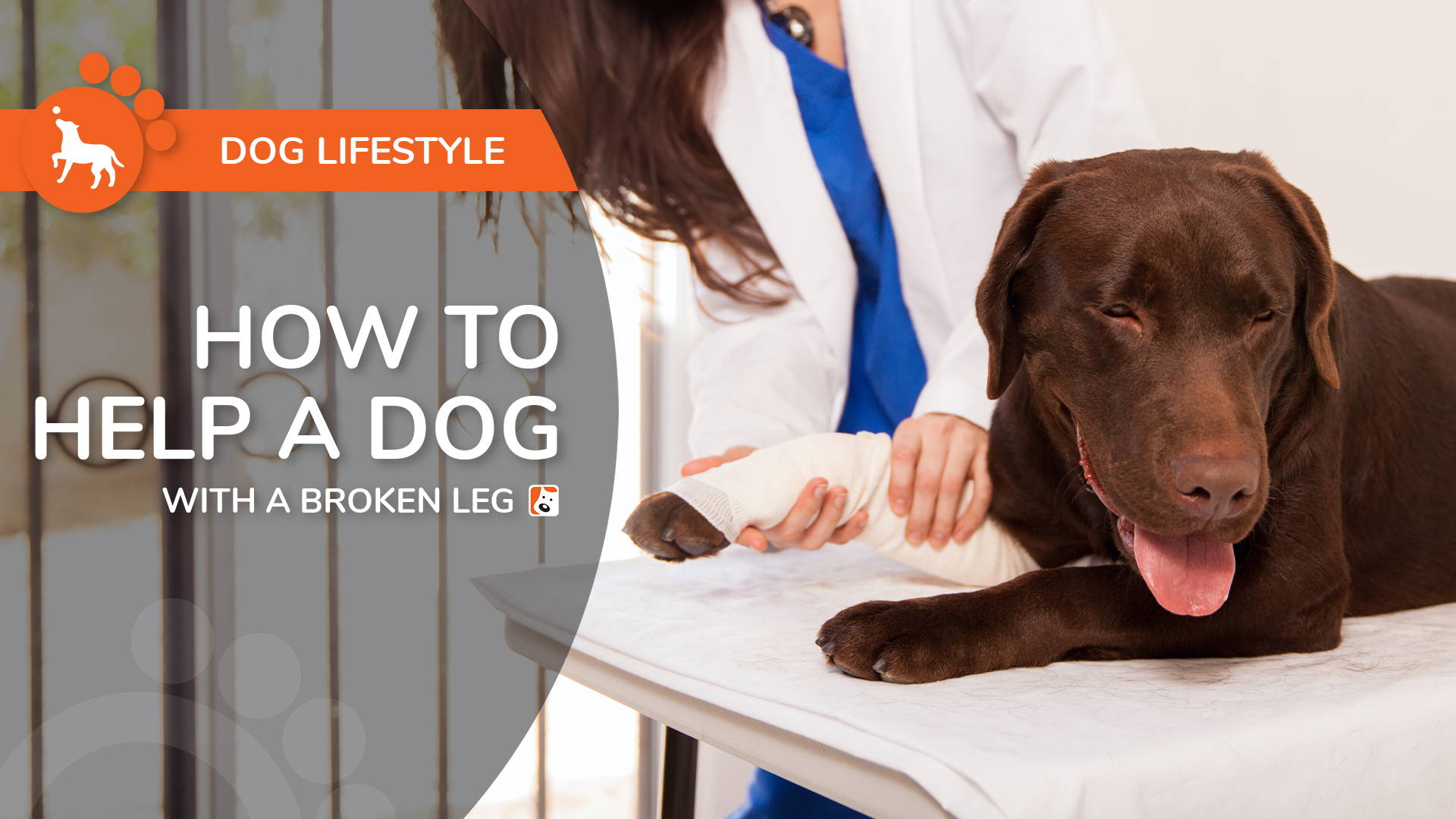If you've got a dog limping, then you may have heard a veterinarian or friend bring up the term “canine lameness”. Lameness in dogs is a broad overarching term for when a dog starts to walk abnormally or limp. Canine lameness can be caused by a number of things and is almost inevitable at some point in a dog’s life. In this blog, we will discuss canine lameness from a veterinary perspective, when it is serious, and what to expect at the veterinarian’s office.
WHAT IS LAMENESS IN DOGS?
Lameness in dogs is defined as "a variance from normal gait.” In layman’s terms, it is also called limping or hobbling. If you notice that your dog has begun to walk with difficulty, you are likely seeing signs of lameness.
Dogs experience two types of lameness: anatomical and pathological.
- Anatomical lameness has to do with the structure of the limbs. This type of canine lameness is usually either genetic or acquired. For example, a dog can be born with deformed legs, which causes him to walk in an unusual manner. Dogs can acquire a deformity that causes lameness; for example, from a broken leg that was never treated properly set. Anatomical lameness can cause pain for a dog (due to stress placed on the skeletal frame) but the limping itself not caused by pain.
- Pathological lameness is usually caused by pain. This type of canine lameness can be neural or musculoskeletal. A classic example is a dog that is limping because it has a paw injury or sprained leg. Dogs that limp due to osteoarthritis, inflammation, or other bone and joint disorders are also experiencing pathological lameness.
WHAT ARE SOME CAUSES OF LAMENESS IN DOGS?
Lameness in dogs can be caused by many things from having something stuck in the paw to a skeletal deformity.
THE DOG LAMENESS SCALE
Lameness in dogs can vary in severity. For some dogs it is mild and passing, for other dogs it is acute and severe. Check out the infographic below to learn the different Degrees of Lameness in Dogs:
MY DOG IS EXPERIENCING LAMENESS. WHAT KIND OF DOG LIMPING TREATMENT SHOULD I LOOK INTO?
In severe lameness cases where a dog is unable to get up, walk, or appears to be in a great deal of discomfort, get your dog to emergency care or your veterinarian immediately. Complete inability to bear weight on a limb can indicate a number of conditions, from a broken leg to a serious muscle injury or puncture wound.
In less severe cases, do not assume that just because your dog is not vocal or continues to move about that he or she is not in pain. Short of a structural abnormality affecting the normal range of motion, dogs usually only limp when there is discomfort. If the dog appears “normal” aside from the limping, it could mean that the injury is less severe.
WHAT SHOULD I EXPECT AT THE VET’S OFFICE?
No matter what the severity of the lameness is, it’s a good idea to take your dog to the veterinarian to rule out a disorder or underlying problem. Especially in recurring cases for senior dogs or dogs that limp due to bone and joint conditions, regular check ups can ensure that the situation has not deteriorated further.
You should expect your veterinarian to perform a thorough physical exam and order blood tests, a urinalysis, and possibly x-rays. They will attempt to figure out what category the cause could fall under; it could be musculoskeletal, neurological,or metabolic.Your input here will be important here as well, because you are the only one with your dog each day and can explain the incident(s) that gave rise to the limping.
This overview, published by Merck Manual, highlights an example of how the veterinarian will perform an orthopedic examination on your dog.
ARE THERE ANY NATURAL OPTIONS TO KEEP MY DOG’S BONES AND JOINTS STRONG AND HEALTHY?
Whether or not your dog has signs of lameness, it’s a good idea to consider giving your dog a maintenance supplement, such as Boneo Canine, which can help promote strong bones and healthy joints.








